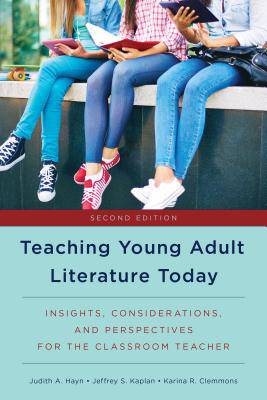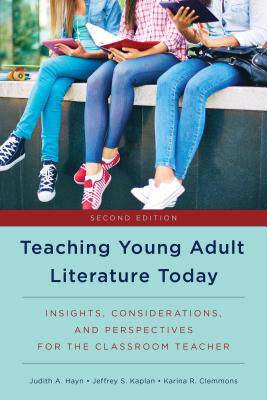
- Afhalen na 1 uur in een winkel met voorraad
- Gratis thuislevering in België vanaf € 30
- Ruim aanbod met 7 miljoen producten
- Afhalen na 1 uur in een winkel met voorraad
- Gratis thuislevering in België vanaf € 30
- Ruim aanbod met 7 miljoen producten
Zoeken
Teaching Young Adult Literature Today
Insights, Considerations, and Perspectives for the Classroom Teacher
Judith A Hayn, Jeffrey S Kaplan, Karina R Clemmons
Hardcover | Engels
€ 190,95
+ 381 punten
Uitvoering
Omschrijving
This book introducesthe reader to what is current and relevant in the plethora of good books available for adolescents. Literary experts illustrate how teachers everywhere can help their students become lifelong readers by simply introducing them to great reads--smart, insightful, and engaging books that are specifically written for adolescents.
Specificaties
Betrokkenen
- Auteur(s):
- Uitgeverij:
Inhoud
- Aantal bladzijden:
- 354
- Taal:
- Engels
- Leeftijd:
Eigenschappen
- Productcode (EAN):
- 9781475829464
- Verschijningsdatum:
- 2/11/2016
- Uitvoering:
- Hardcover
- Formaat:
- Genaaid
- Afmetingen:
- 155 mm x 231 mm
- Gewicht:
- 635 g

Alleen bij Standaard Boekhandel
+ 381 punten op je klantenkaart van Standaard Boekhandel
Beoordelingen
We publiceren alleen reviews die voldoen aan de voorwaarden voor reviews. Bekijk onze voorwaarden voor reviews.








